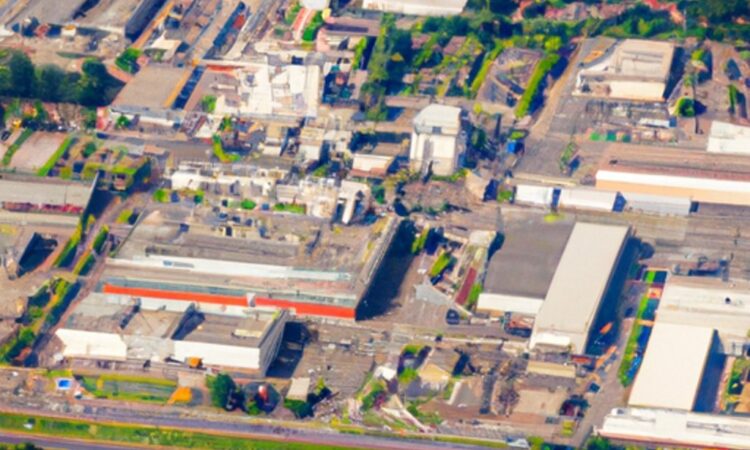Germany Faces Economic Headwinds
The image displayed above provides an aerial view of a bustling German industrial city, showcasing the economic activities that have been crucial to Germany’s growth and development. The cityscape is dominated by factories, warehouses, and transportation infrastructure, depicting the core pillars of Germany’s thriving economy.
Germany, however, is currently facing several economic headwinds that pose significant challenges to its stability and growth:
-
The ongoing war in Ukraine:
The ongoing conflict in Ukraine has impacted Germany’s energy supplies. The disruption in energy flows has led to increased prices and inflationary pressures, affecting domestic industries and consumers alike. -
Slowdown in economic growth in China:
As Germany’s largest trading partner, China plays a crucial role in its export-oriented economy. The recent deceleration in China’s economic growth has had a direct impact on Germany’s export sector, affecting its trade balance and overall economic performance. -
Rising interest rates:
With interest rates on the rise, borrowing costs for German businesses have increased. This makes it more expensive for companies to invest in expansion, research and development, and innovation. The higher loan burden poses challenges to business growth and overall economic productivity.
Despite these headwinds, Germany continues to navigate through these challenges with its well-established industrial backbone and robust economic policies. The country’s highly skilled workforce, superior infrastructure, and commitment to research and development provide a solid foundation for future growth.

